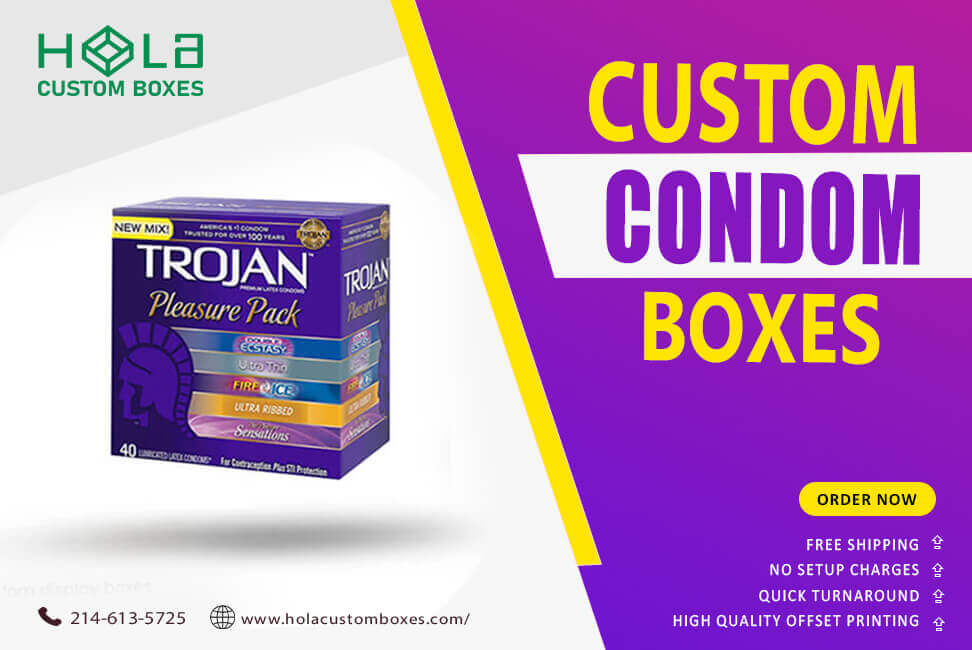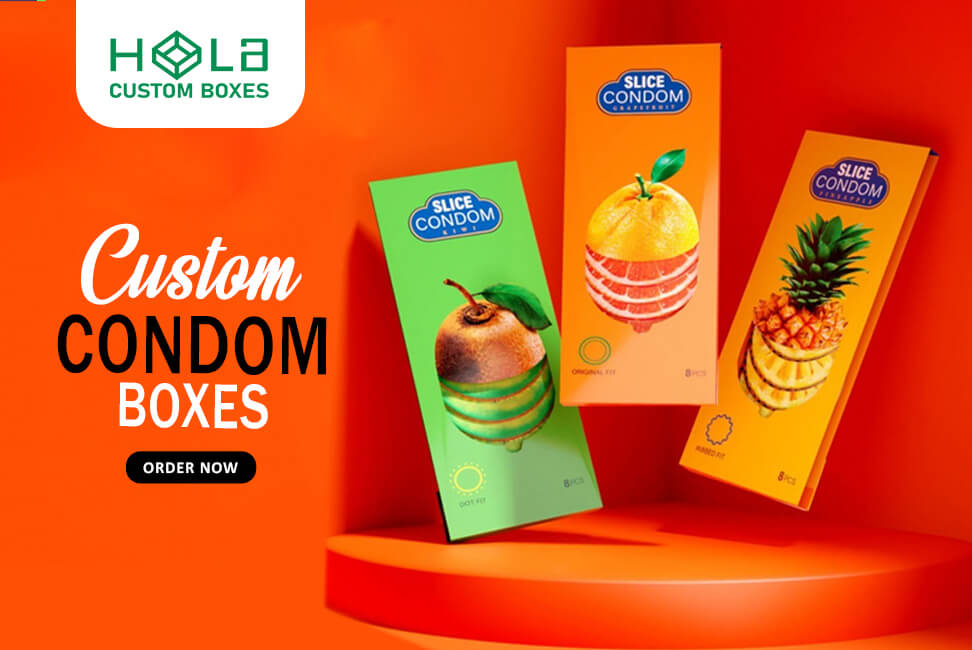Mastering Condom Packaging Designs: A Compliance Guide
2025-09-09 15:51:25
The design and packaging of condoms are highly regulated in the realm of personal health products. 'Mastering Condom Packaging Designs: A Compliance Guide' is an essential resource for manufacturers and designers aiming to navigate the complex landscape of legal and safety standards.
This guide thoroughly explores the multifaceted considerations necessary for compliant condom packaging, from understanding the intricacies of regulatory requirements to implementing crucial material safety measures. It also delves into the specifics of labeling, ensuring transparent information disclosure, and incorporating tamper-evident features to maintain product integrity.
Additionally, the guide addresses the practical aspects of packaging dimensions and durability while considering the environmental impact of packaging materials.
This comprehensive manual is indispensable for professionals striving to achieve excellence in designing condom packaging that meets both consumer needs and regulatory demands.
Key Takeaways
- Manufacturers must adhere to stringent regulatory standards for condom packaging design, including specific labeling, materials, and testing requirements.
- Condom packaging materials must be non-toxic, hypoallergenic, and have robust physical properties to maintain product sterility.
- Precision in labeling and information disclosure, including product identification, expiration date, usage instructions, and warnings, is critical for compliance.
- Tamper-evident features are essential for consumer safety and product integrity, and packaging designs must visibly indicate if a product has been compromised.
Navigating Regulatory Compliance in Condom Packaging
Manufacturers of condom packaging must carefully follow strict regulatory standards to ensure consumer safety and legal compliance. Agencies such as the U.S. Food and Drug Administration (FDA) classify condoms as Class II medical devices, requiring a premarket notification process known as 510(k). This involves an in-depth review of the product’s design, materials, and performance. Additionally, packaging must include accurate and clearly visible information regarding the product’s effectiveness in preventing pregnancy and sexually transmitted infections, with text that meets specific legibility and size guidelines.
Ensuring Safety Through Materials and Testing Standards
Beyond labeling, condom packaging must be made from materials that protect against contamination and maintain product integrity throughout its shelf life. This includes comprehensive testing under varied environmental conditions to determine durability and expiration. Manufacturers must provide detailed documentation for every component of the packaging, aligning with international standards and regulatory requirements. Precision in both design and production is essential, as non-compliance can result in legal consequences and pose significant risks to public health.
Custom Condom Boxes Material Safety and Requirements

Selecting condom packaging materials is critical to ensuring product protection and compliance with health regulations. The materials must be a formidable barrier against environmental factors such as moisture, heat, and light, which can degrade the product's integrity. Additionally, they must not compromise the condom's latex or alternative materials through chemical reactions.
When considering material safety, the analysis is twofold: first, the materials must be non-toxic and hypoallergenic to prevent adverse reactions upon user contact. This necessitates rigorous testing for potential leachables and extractables that could migrate from the packaging to the product. Second, the packaging materials must exhibit robust physical properties to maintain an unbreached state, safeguarding the product's sterility.
The choice of materials must adhere to the standards set by regulatory bodies such as the U.S. Food and Drug Administration (FDA) and corresponding international agencies. These standards stipulate permissible materials and dictate the acceptable limits for various additives used within the packaging composites.
To conclude, selecting condom packaging materials demands meticulous consideration of safety profiles, regulatory conformity, and protective capabilities. This alignment is imperative for manufacturers to ensure their products are presented to consumers with efficacy uncompromised and safety assured.
Labeling and Information Disclosure On Condom Box Packaging
How does a manufacturer ensure that the information on condom packaging is comprehensive and compliant with regulatory standards?
Precision in labeling and information disclosure is critical for condom manufacturers. Compliance with regulatory standards requires meticulous attention to detail and a clear understanding of legal requirements. These standards are designed to protect consumers by providing them with essential information for making informed decisions.
To achieve this, manufacturers must adhere to guidelines dictating the necessary information on the packaging. Critical elements of compliant labeling include:
Product Identification: Clearly state the product name, type (e.g., latex, non-latex), and size to avoid any confusion for the consumer.
Expiration Date and Lot Number: Ensure each package displays an expiration date and a lot number for traceability and quality control purposes.
Usage Instructions and Warnings: To minimize misuse and maximize effectiveness, include comprehensive instructions for proper use and any relevant warnings.
Adherence to these elements requires a systematic approach to packaging design, where every detail—from font size to the placement of information—is scrutinized for compliance. Manufacturers must consistently update their practices in line with evolving regulations to maintain the integrity of their product information.
Tamper-Evident Features Into Condom Packaging
Incorporating tamper-evident features into condom packaging is essential for ensuring consumer safety and maintaining product integrity. Packaging designs must include mechanisms that visibly indicate if a product has been compromised, providing an immediate alert to potential tampering. This is not merely a best practice—it is often a regulatory requirement reflecting the critical nature of the product's intended use.
Detail-oriented design considerations involve selecting materials and adhesives conducive to revealing breaches. For instance, condom wrappers might utilize a specialized sealant that, once broken, disrupts a pattern or reveals a hidden message indicating the package has been opened. Analytically, the effectiveness of these features is measured by their resistance to resealing or restoration to a 'new' appearance. The goal is to create a single-use barrier that, when breached, is irreversibly altered.
To ensure precision in tamper-evidence, manufacturers should conduct thorough testing under various conditions to simulate potential tampering methods. This includes temperature fluctuations, physical manipulations, and chemical interactions. Any successful tamper-evident feature must consistently demonstrate a clear, visible sign of interference, safeguarding the consumer from unwittingly using a product that may have been altered or contaminated.
Packaging Size and Thickness
The dimensions and material density of condom packaging play a crucial role in both protection and user accessibility. Precise measurements must be adhered to to ensure that the product is adequately protected without adding unnecessary bulk, which could impede convenience and discretion. The thickness of the packaging material is equally crucial, as it must be resilient enough to prevent tears or punctures that could compromise the integrity of the condom while also being thin enough to allow for easy opening and minimal waste.
In the realm of condom packaging, several key factors must be meticulously considered:
Uniformity and Precision: Packaging size must be consistent to maintain brand integrity and ensure that automated packaging machinery operates at peak efficiency with minimal error.
Barrier Strength: The material must be sufficiently thick to act as an effective barrier against contaminants, moisture, and mechanical stress during transport and storage.
Optimal Thickness: To balance durability with ease of use, packaging designers must select materials that are robust yet not overly thick, facilitating easy access to the product without compromising on protection.
The detail-oriented approach to packaging size and thickness ensures that the final product meets regulatory standards while catering to consumer needs for reliability and ease of use.
Environmental Impact Considerations With Condom Boxes
After examining size and thickness, it is imperative to address the environmental ramifications of condom packaging materials and the sustainability of their life cycle. The selection of materials with a minimal ecological footprint is paramount. Packaging designers must consider the sourcing of raw materials, the energy consumption during manufacturing, and the end-of-life disposal of the packaging.
In this context, biodegradable and compostable materials emerge as favorable options. However, their integration into condom packaging requires rigorous analysis to ensure that the integrity and safety of the product are uncompromised. The degradation process of these materials must be carefully calibrated to match the product's shelf life, preventing premature breakdown and potential exposure to environmental factors.
Recyclable materials present another avenue for reducing environmental impact. Yet, the feasibility of recycling condom packaging is contingent upon local recycling capabilities and consumer behavior. Detailed labeling and consumer education can enhance the likelihood of proper disposal and recycling, reducing landfill contributions.
Life cycle assessments (LCAs) are crucial for quantifying the environmental load of packaging options. An LCA provides a comprehensive view of the ecological impact, from cradle to grave, guiding the selection of materials that align with sustainability goals without sacrificing product quality or compliance with health standards.
